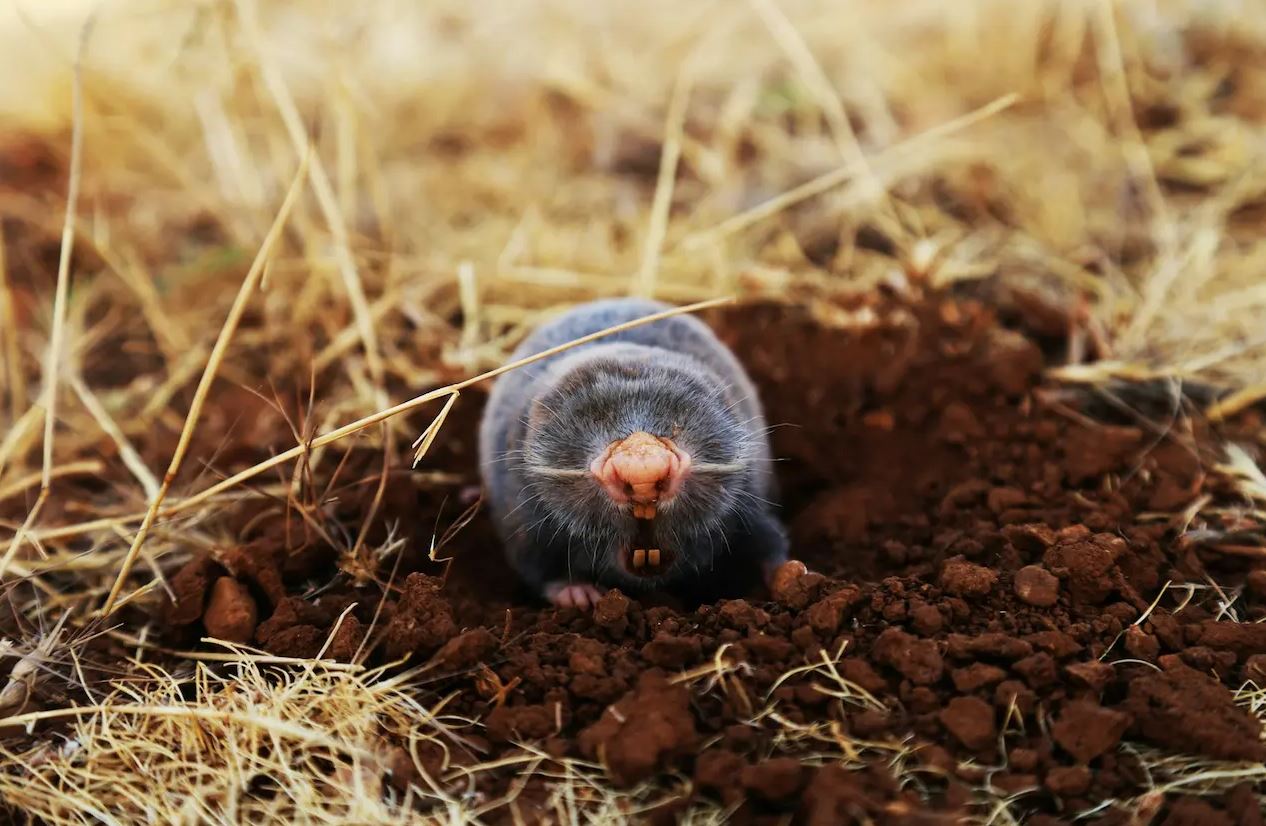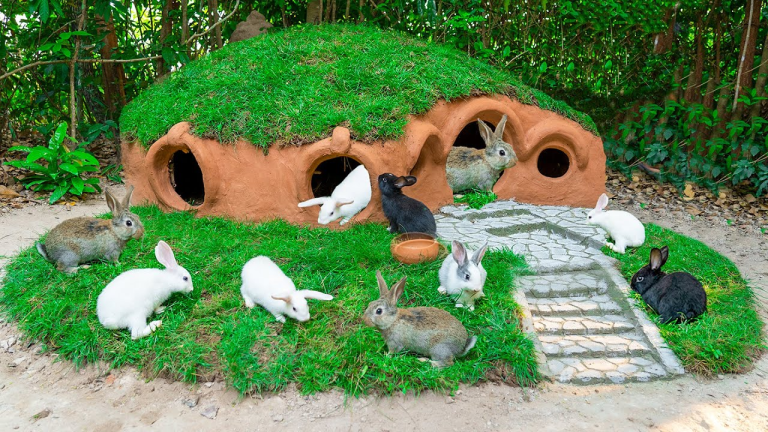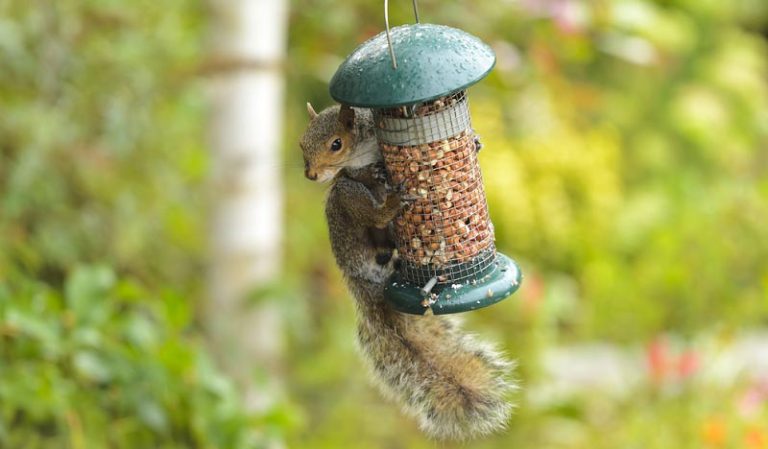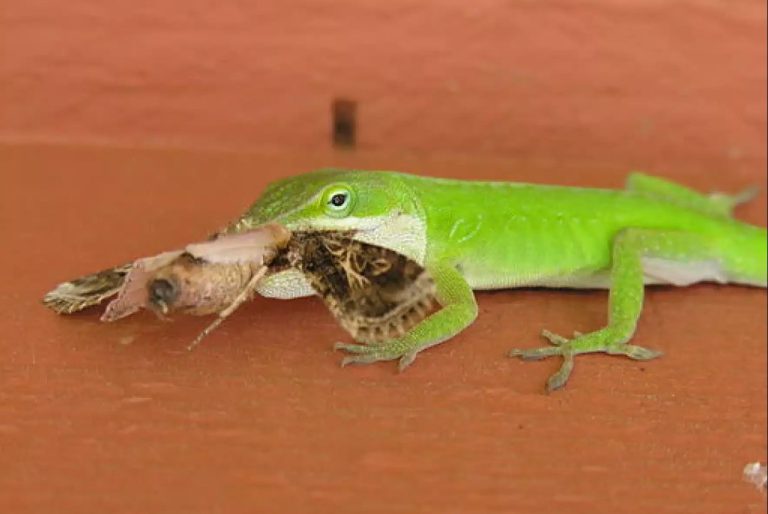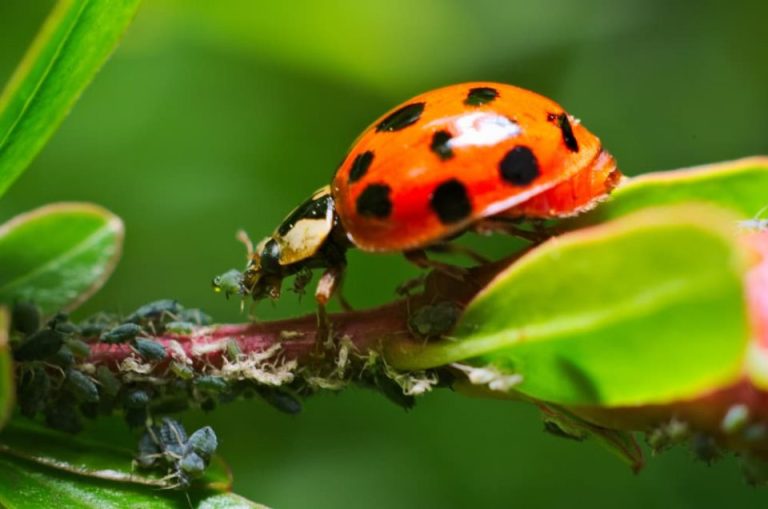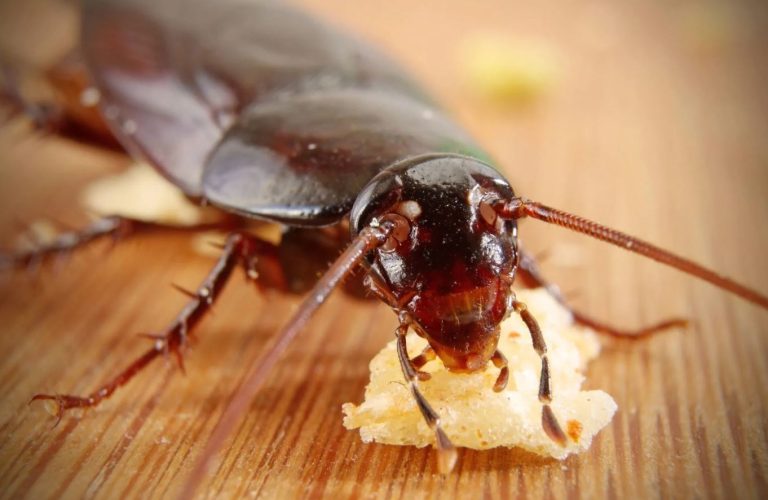What Do Moles Eat? Understanding the Mole Diet and Food Habits
If you’ve ever spotted a series of raised tunnels winding through your garden like miniature highways, chances are you’ve been visited by a mole. These small, velvety-furred mammals live almost their entire lives underground, hidden from view. Yet, despite rarely showing themselves, moles have an enormous impact on the soil — and a very particular menu to fuel their secretive lifestyle.
Today, we’ll journey into the shadowy world beneath our feet to uncover what moles eat, the surprising range of mole food in their diet, and how their underground hunting style shapes the ecosystem.
A Life Below Ground: Why Mole Food Choices Matter
To understand a mole’s diet, you first need to picture its world. Unlike many garden pests that feast on plants, moles are not nibbling your tulips or tomatoes. They are insectivores — mammals whose teeth and stomachs are designed for eating invertebrates, not vegetables.
Living underground requires constant energy. Digging tunnels is hard work, and a mole’s metabolism is astonishingly high. They must eat almost their entire body weight in food each day just to survive. For a typical Eastern mole, that can mean up to 50–100% of its body weight daily.
That means their food supply must be abundant, protein-rich, and easy to catch in the dark. Enter the earthworm — the mole’s favorite delicacy.
Earthworms: The Centerpiece of the Mole Diet
If moles had a five-star restaurant, the main dish would be earthworms. Rich in protein and moisture, earthworms make up the majority of a mole’s diet — in some species, up to 80–90%.
Moles are uniquely adapted to catch them. As they dig tunnels, worms fall into these underground traps. The mole patrols its tunnels constantly, snapping up any that wriggle in. Some moles even create “worm pantries” — chambers where they store live worms for later meals.
Astonishingly, they can immobilize worms by biting their heads, which paralyzes but doesn’t kill them. This way, the worms stay fresh until the mole is ready to eat.
More Than Worms: The Variety of Mole Food
While earthworms are the main course, a mole’s underground buffet is more varied than many people realize. Depending on the season, soil type, and location, their diet may include:
| Mole Food | Nutritional Role | When They Eat It |
|---|---|---|
| Insect larvae | High protein, seasonal abundance | Spring & summer |
| Beetles & grubs | Fat-rich, slow-moving prey | Year-round |
| Centipedes & millipedes | Adds dietary variety, some toxins tolerated | Anytime |
| Ants & termites | Protein boost, smaller prey | Summer |
| Small invertebrates | Fill gaps in diet when worms are scarce | Any season |
This flexibility is key to survival. In frozen winter soils, when worms burrow deeper, moles must rely more on insect larvae and other available prey.
Hunting Without Seeing: How Moles Find Their Food
Moles are nearly blind, but what they lack in vision, they make up for with phenomenal touch and smell. Their snouts are incredibly sensitive, detecting the faintest vibrations of movement in the soil.
They dig two types of tunnels:
- Shallow surface tunnels – often seen as raised ridges in lawns, used mainly for hunting.
- Deep permanent tunnels – highways between hunting grounds and sleeping chambers.
By constantly moving through these tunnels, moles maximize their chances of intercepting prey. Think of them as subway patrols, checking every station for arrivals.
Do Moles Eat Plants? Clearing a Common Myth
One of the biggest misconceptions about moles is that they eat roots, bulbs, or vegetables. In reality, moles rarely consume plant material. If your garden plants are dying, the real culprit is likely a vole, gopher, or another rodent that shares the tunnels moles dig.
Moles may damage roots indirectly while tunneling, but their food preference is strictly animal protein.
Seasonal Shifts in the Mole Diet
Like many wild animals, moles adjust their diet with the seasons:
- Spring – An abundance of earthworms and grubs near the surface makes hunting easier.
- Summer – As soil hardens, moles dig deeper, relying more on beetles and larvae.
- Autumn – Worm populations peak again; moles store extras in “larders.”
- Winter – Worms retreat below the frost line, so moles follow, eating any invertebrates they encounter.
How Much Do Moles Eat? The Calorie Demands of a Digging Machine
A mole’s metabolism runs so hot that it can starve in as little as 12 hours without food. On average, a mole eats 70–100% of its weight every day. For a 4-ounce mole, that’s roughly 2–3 ounces of worms and insects daily.
This constant demand means their tunnel networks can extend hundreds of feet, covering a surprising amount of territory for such a small creature.
Mole Diet by Species
While most mole species share the same general food habits, subtle differences exist:
| Species | Main Diet | Notes |
|---|---|---|
| Eastern mole | Earthworms, grubs, beetles | Most common in North America |
| Star-nosed mole | Aquatic insects, small fish, worms | Excellent swimmer |
| European mole | Worms, insect larvae, small invertebrates | Widespread across Europe |
| Coast mole | Earthworms, beetle larvae | Found in Pacific Northwest |
The Role of Moles in the Ecosystem
Despite their bad reputation among gardeners, moles are beneficial in several ways:
- Soil aeration – Their tunnels mix and loosen soil.
- Pest control – They eat harmful grubs that damage plant roots.
- Nutrient cycling – Breaking down organic matter as they dig.
Understanding their diet helps us see them not as villains, but as vital underground workers.
How Mole Food Preferences Affect Your Yard
If you have a mole problem, it’s because your soil is rich in worms and insects — in other words, it’s healthy. Moles are drawn to good hunting grounds.
Controlling moles often means reducing their food source:
- Treating for grubs can make lawns less attractive.
- Flooding or compacting soil can disrupt tunnels (though not always recommended).
However, many gardeners choose to coexist, recognizing the ecological value of these little diggers.
Fun Facts About Mole Eating Habits
- Worm pantries – Some moles store dozens of paralyzed worms for later.
- Taste for fish – Star-nosed moles will hunt tiny fish and tadpoles in shallow water.
- No chewing vegetables – If you see chewed plant matter, it’s not a mole.
- Speed eaters – A mole can consume a worm in under 15 seconds.
Final Thoughts: The Mole Diet is Nature’s Underground Buffet
Moles may be unseen guests, but their food habits tell a fascinating story of adaptation, specialization, and survival. By learning what moles eat, we not only better understand these elusive mammals but also see how their quiet work shapes the land above.
Next time you notice a ridge in the lawn, think about the tiny predator beneath — patrolling its tunnels, always on the hunt for its next worm.
FAQ: What Do Moles Eat?
Q1: What is a mole’s favorite food?
A: Earthworms make up the majority of a mole’s diet, often 80–90%.
Q2: Do moles eat plant roots?
A: No, moles are insectivores. Any plant damage is usually accidental or caused by other animals.
Q3: How much does a mole eat daily?
A: Around 70–100% of its body weight in worms and insects.
Q4: Do moles store food?
A: Yes, they paralyze earthworms and keep them in underground chambers.
Q5: Will removing grubs get rid of moles?
A: It can help, but as long as earthworms are present, moles may stay.

